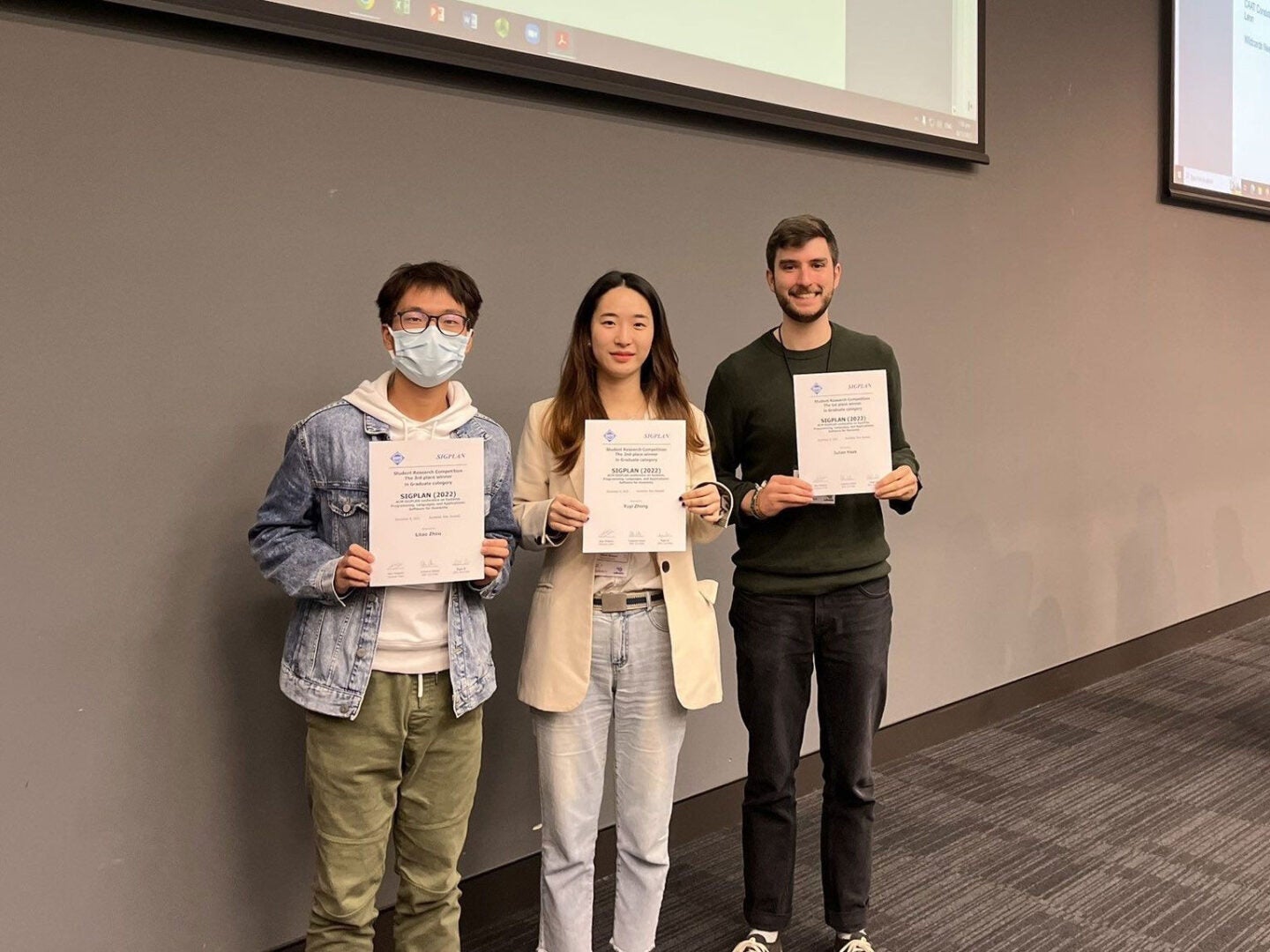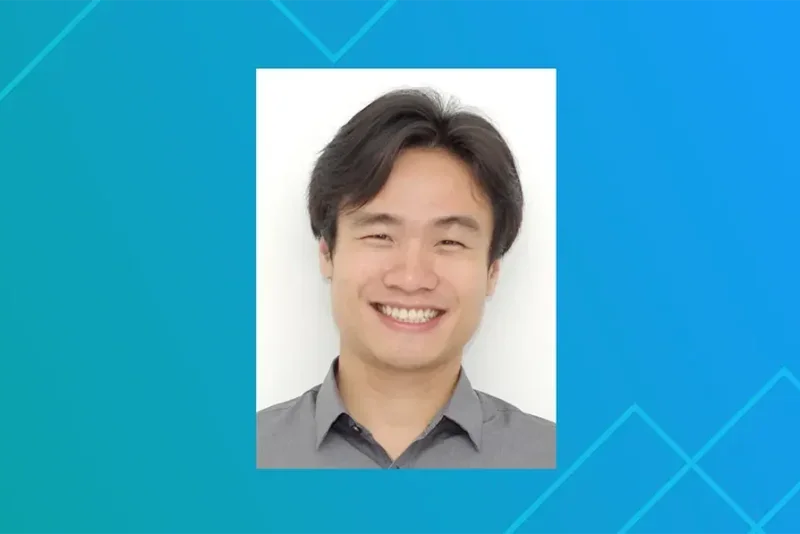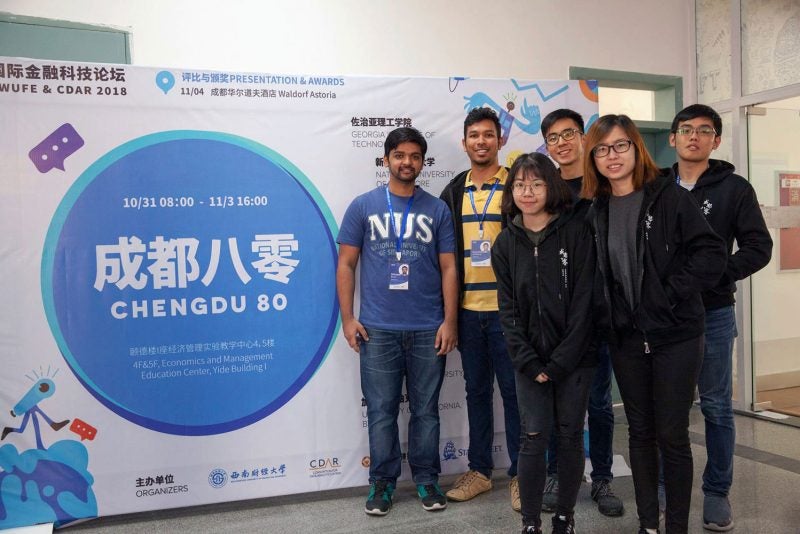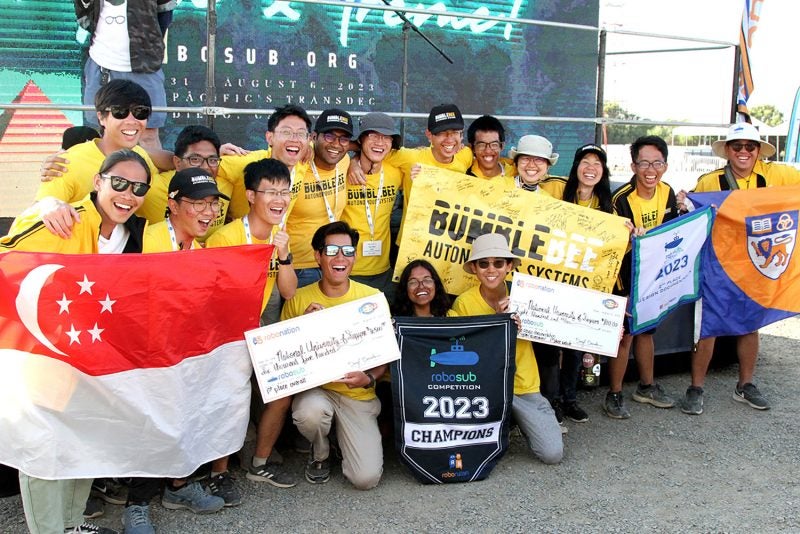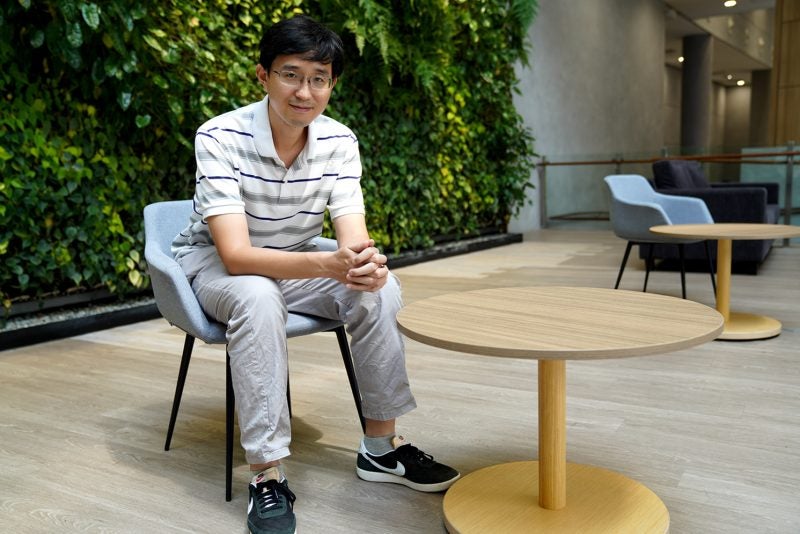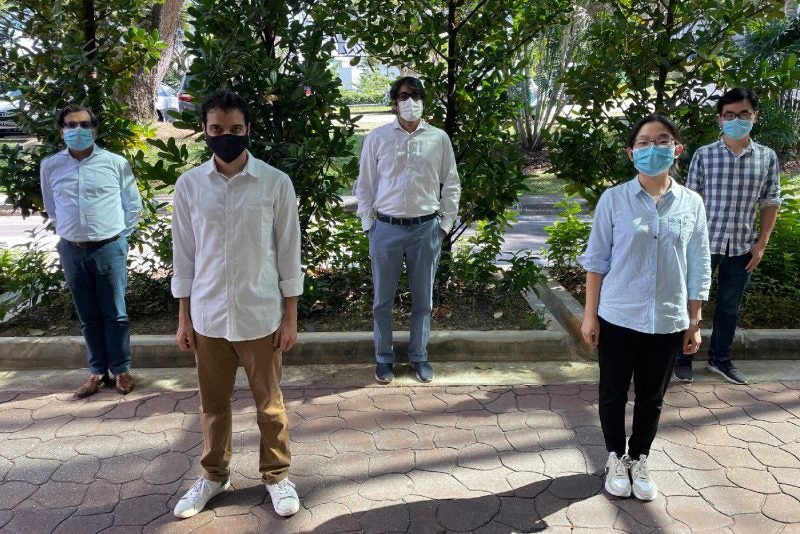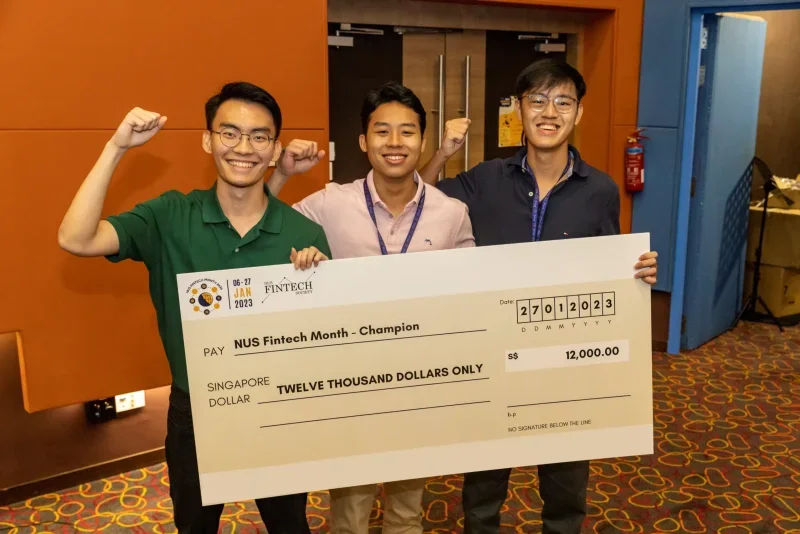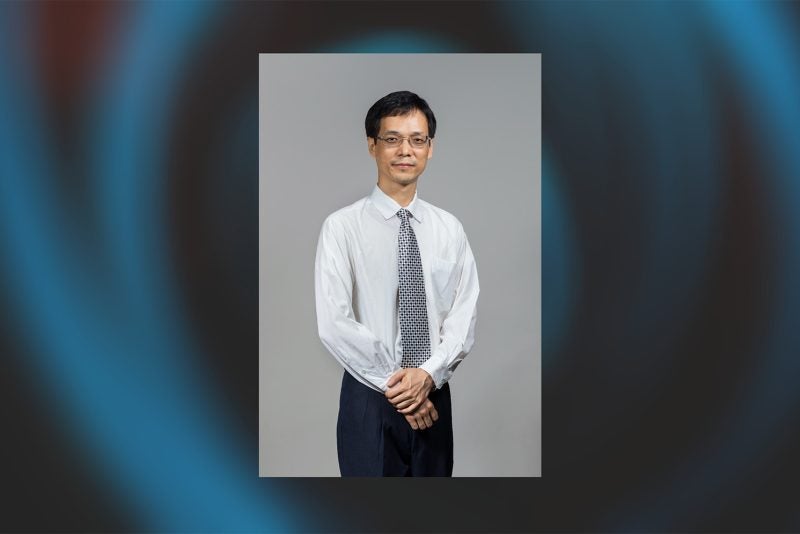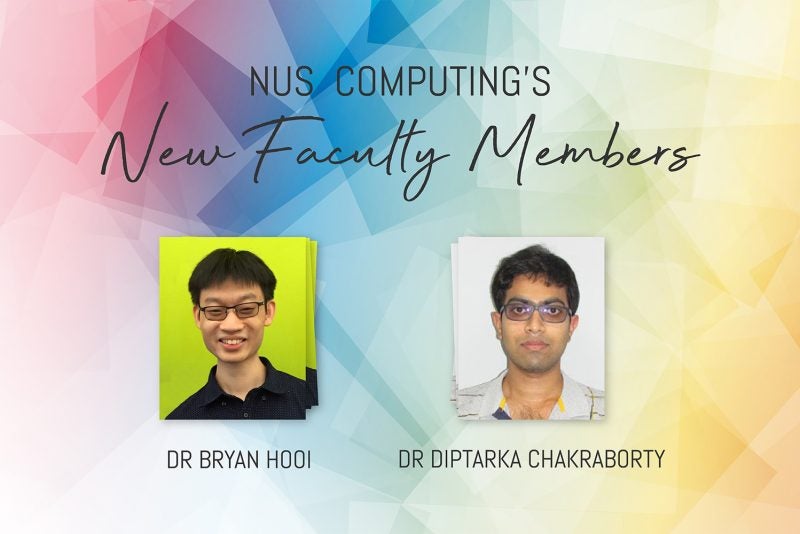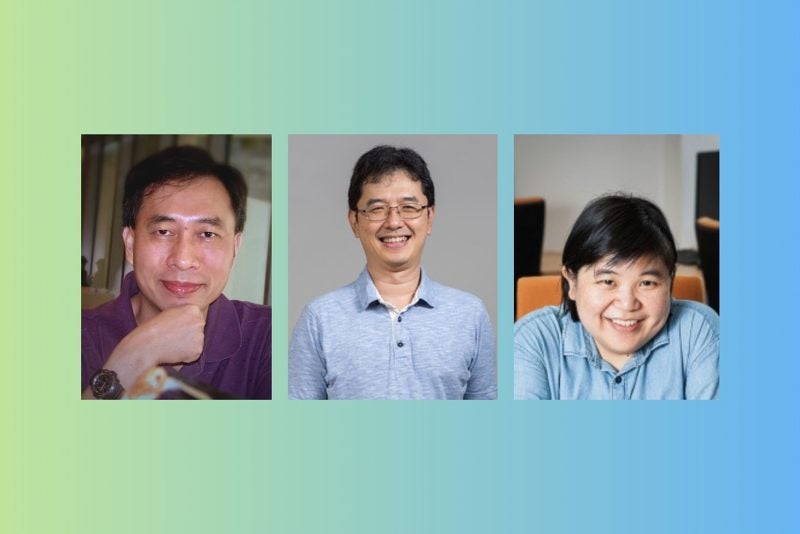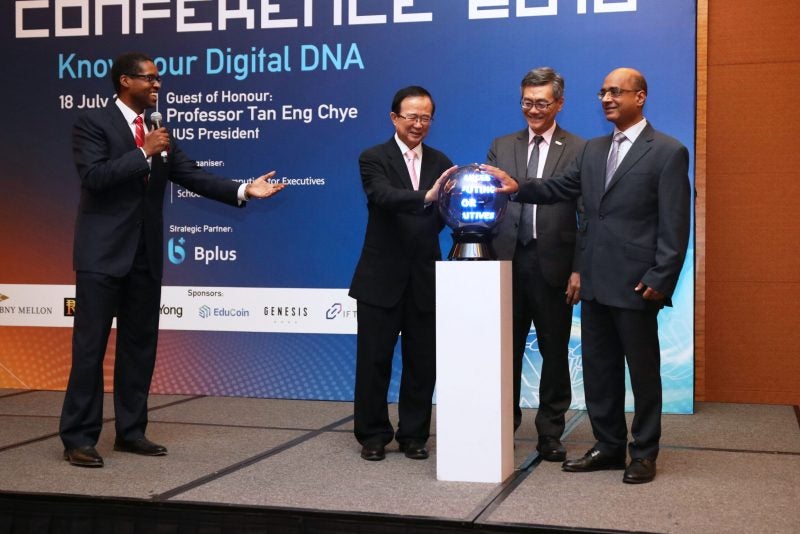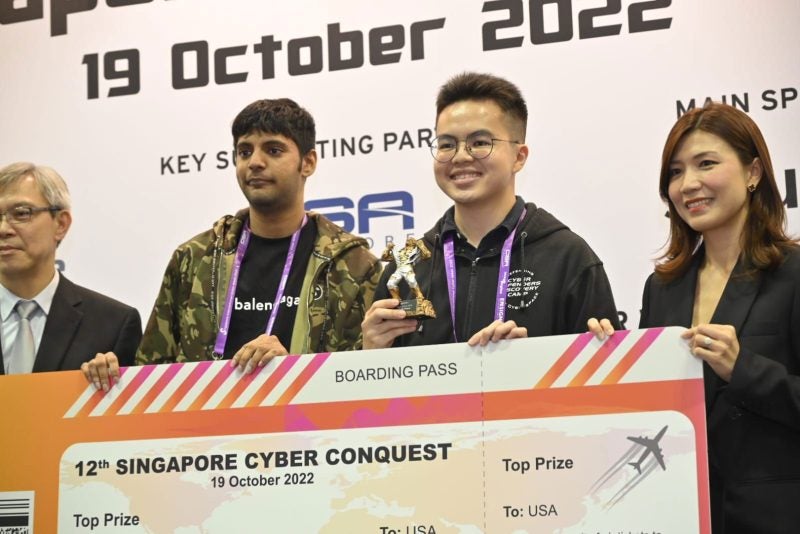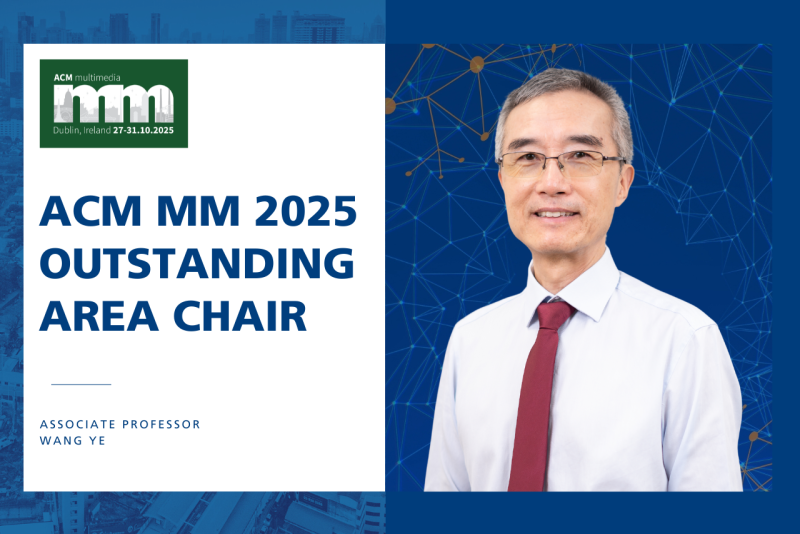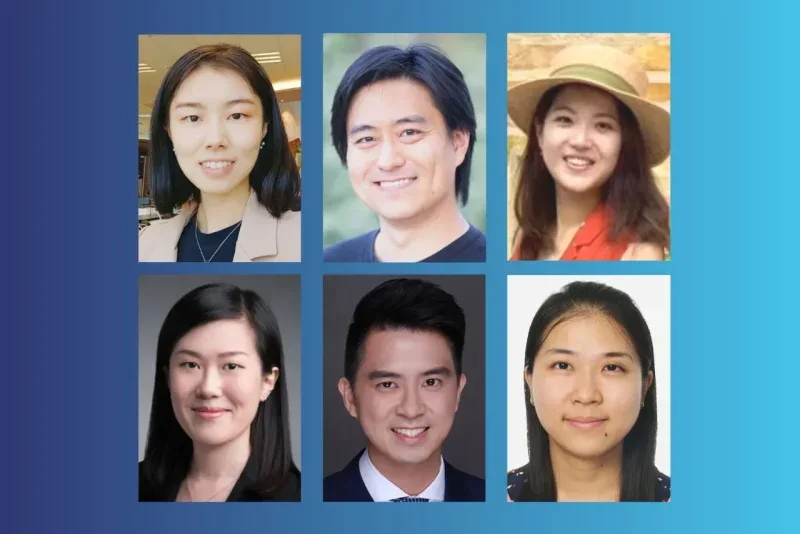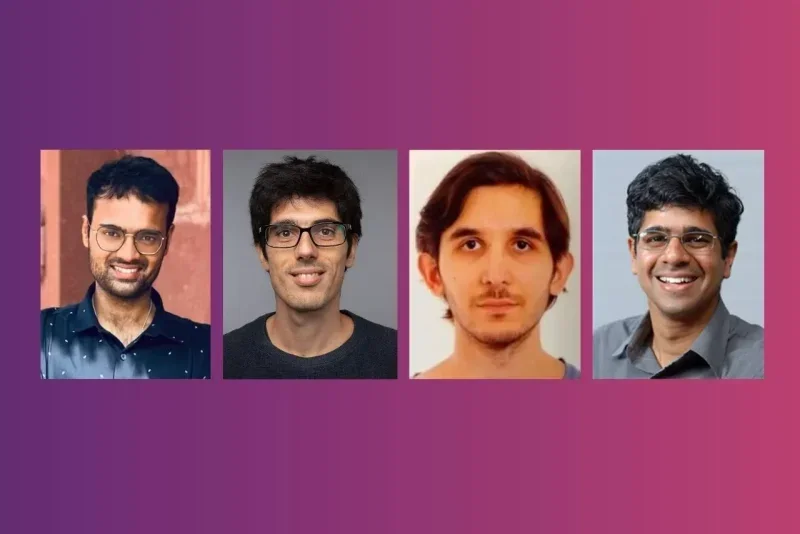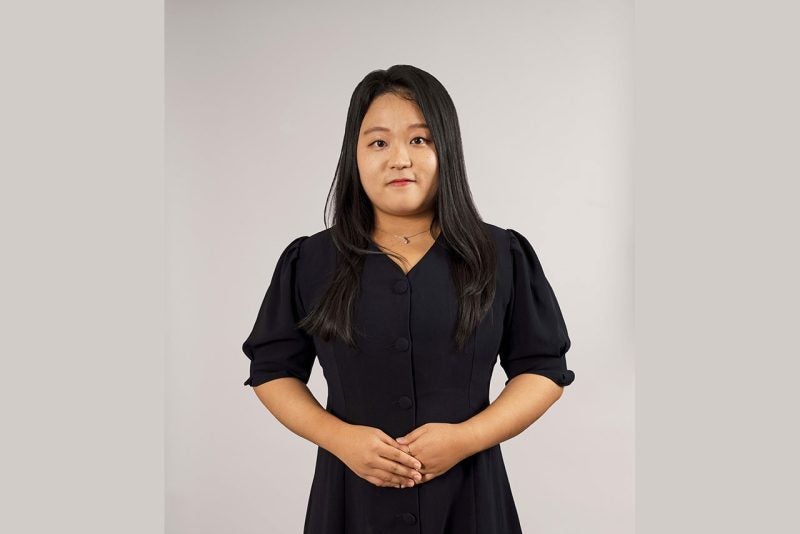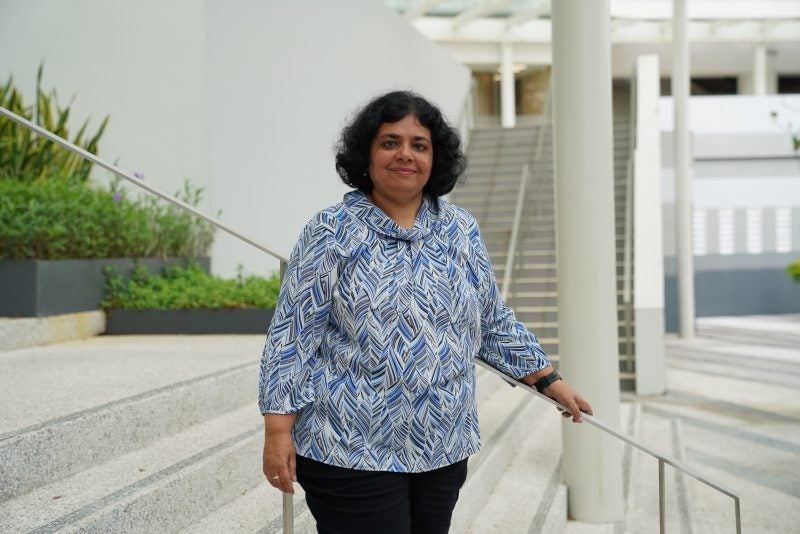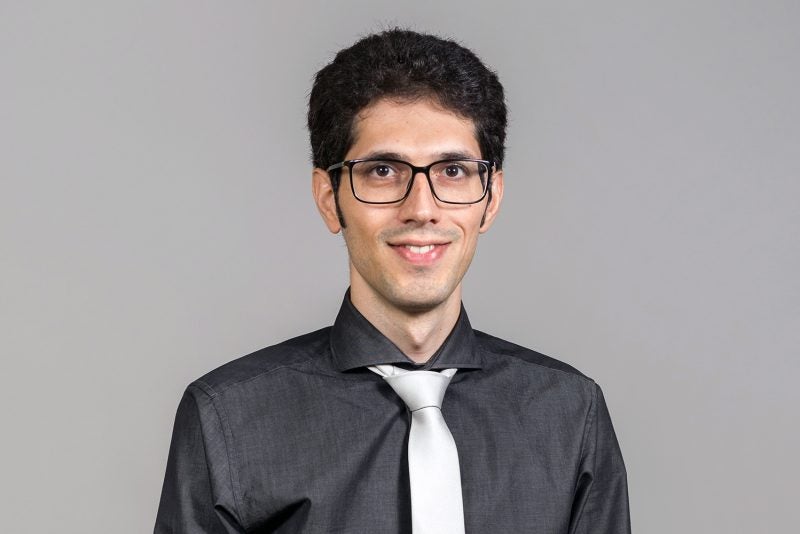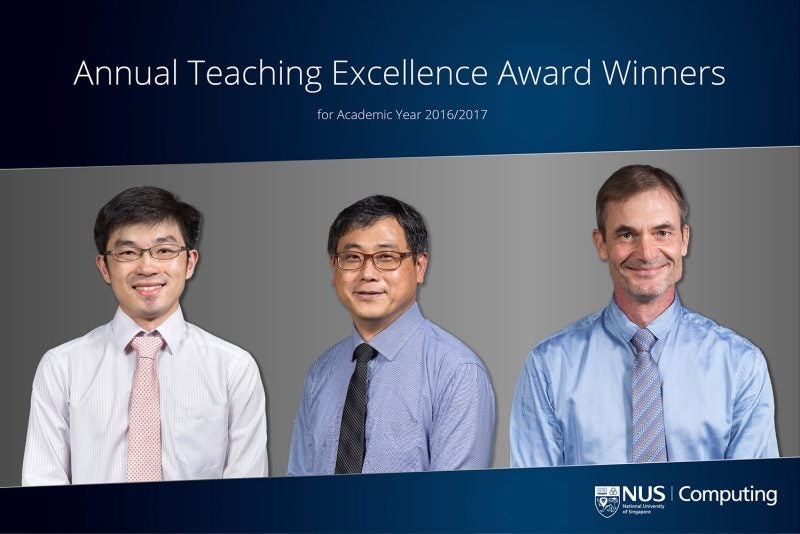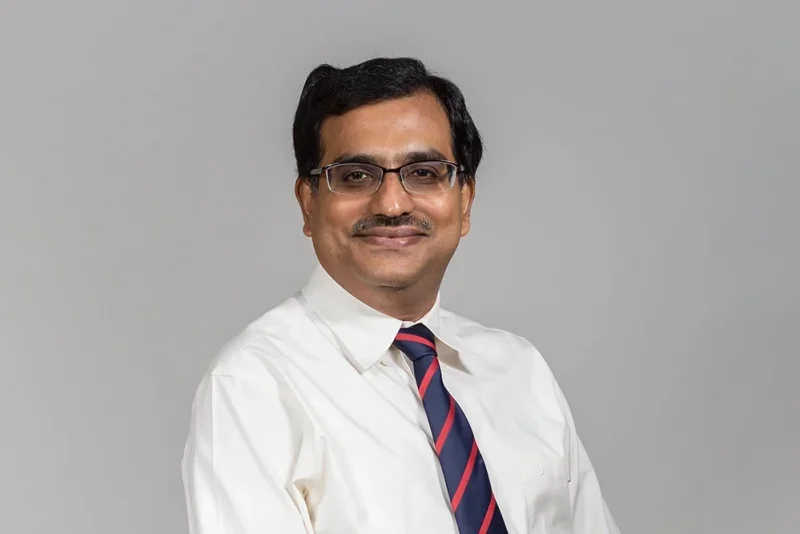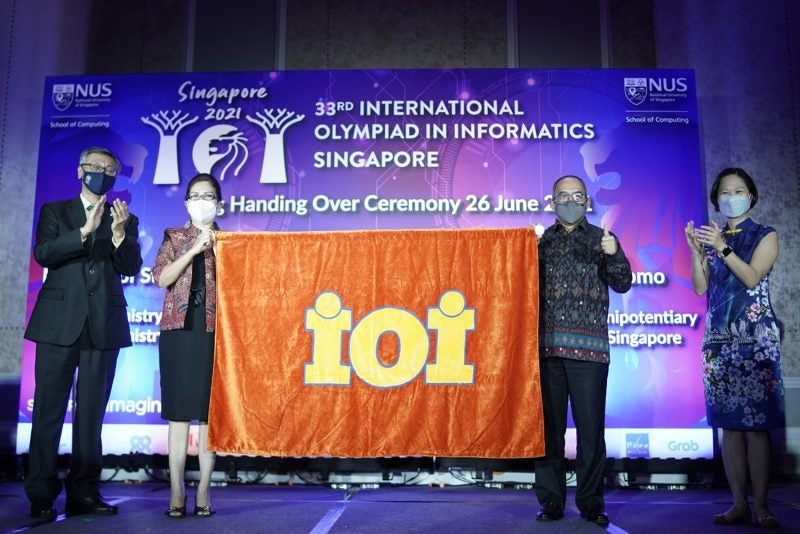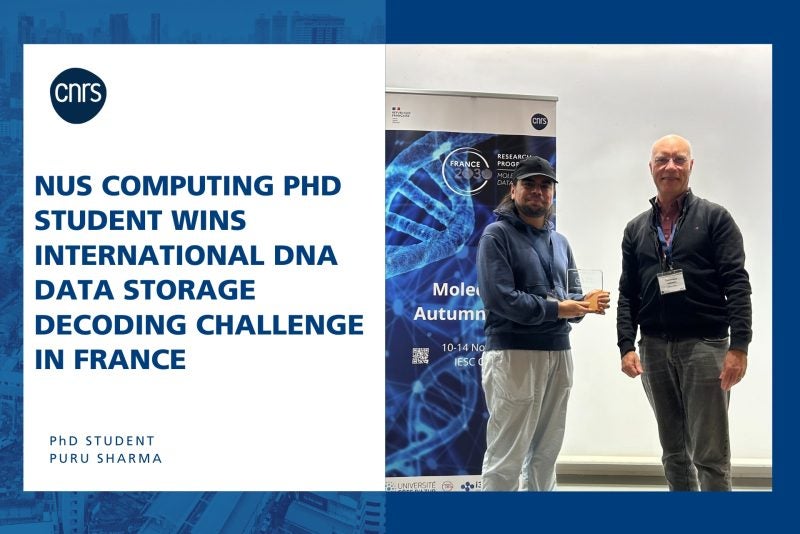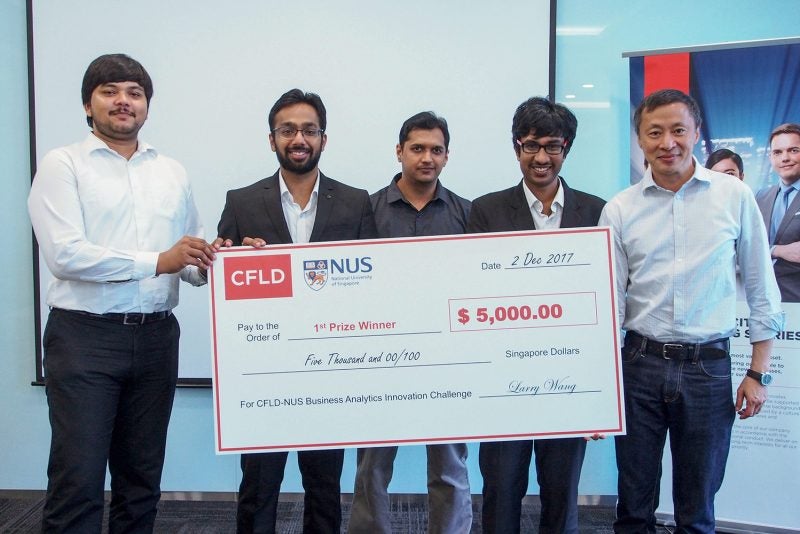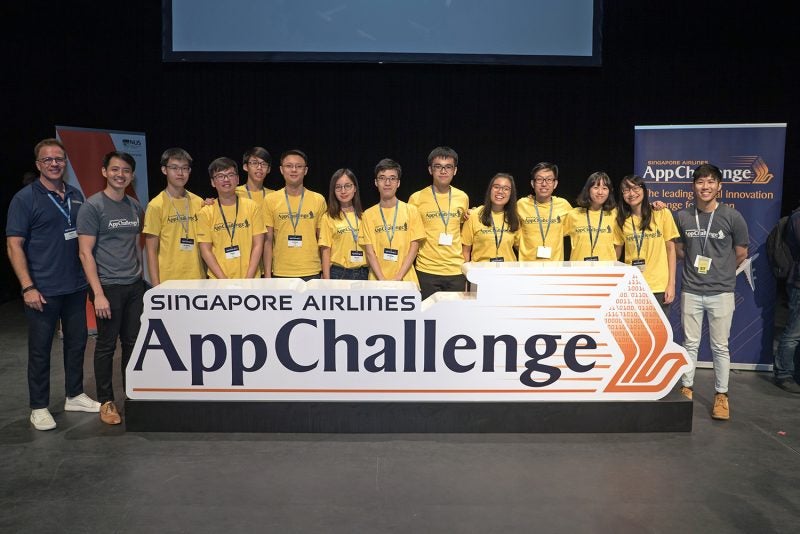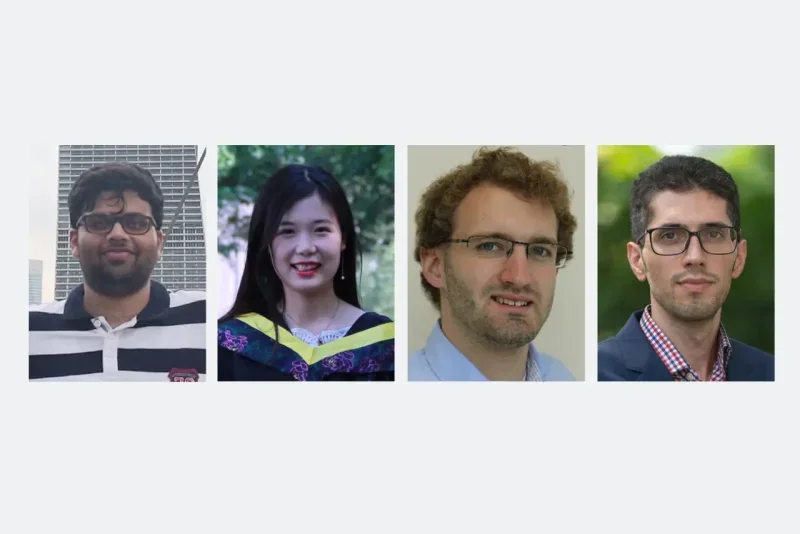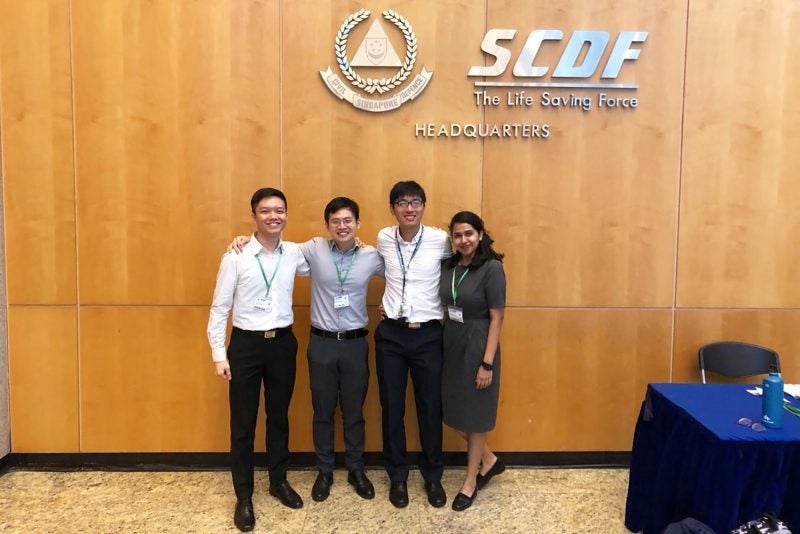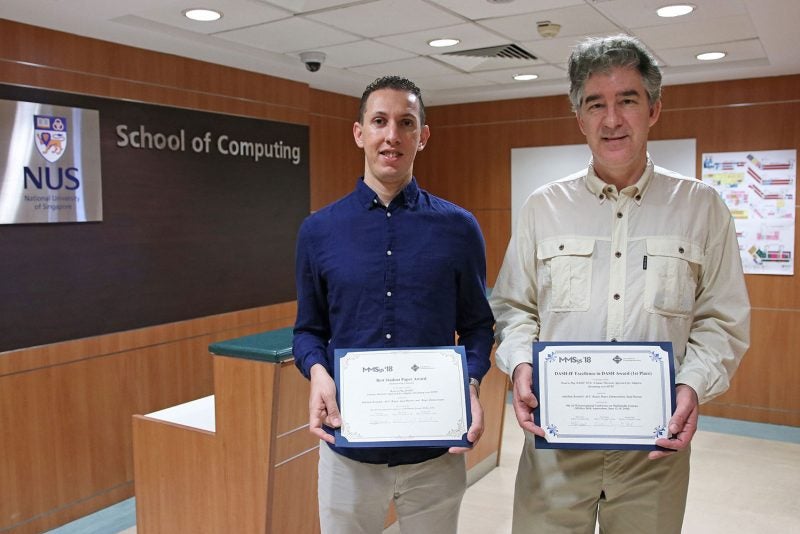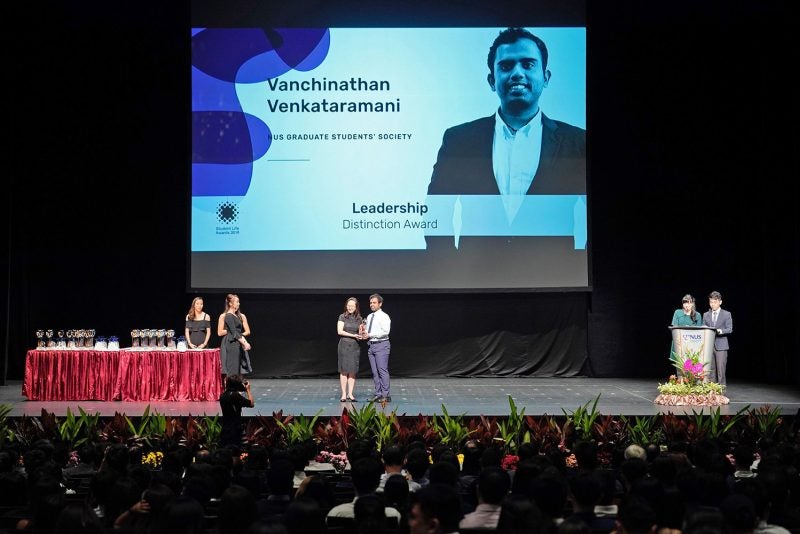6 February 2023 – NUS Computing Ph.D. student Zhong Yuyi won second place in the Student Research Competition at the ACM SIGPPLAN Conference on Systems, Programming, Languages, and Application: Software for Humanity (SPLASH), for her paper on neural network verification.
The conference was held in Auckland, New Zealand from 5-10 December 2022. This was the first time the conference was held in the Asia-Pacific region since the inaugural conference in 1986. Yuyi presented her paper in a 2-hour poster session in the first round and gave a research talk to a panel of judges in the second round.
The paper, “ARENA: Enhancing Abstract Refinement for Neural Network Verification,” was co-authored by Associate Professor Khoo Siau Cheng and Singapore Blockchain Innovation Programme Research Fellow Quang-Trung Ta. They propose a prototypical neural network verification tool called ARENA, as a better tool to gain formal verification on neural networks. A neural network is a method in artificial intelligence to process data in a way that is similar to a human brain.
There are several ways ARENA outperforms existing approximated tools. Firstly, ARENA adapts a double description method to transfer disjuncts of constraints into conjunctions in linear programming encoding. Secondly, it leverages a more precise representation of Rectified Linear Unit (ReLU) functions in PRIMA to increase the overall verification precision. Thirdly, it utilises solutions returned by the linear programming solver to detect adversarial examples.
“It is a novel way to transfer disjunction into a conjunction of linear constraints. Our algorithm can also be instantiated into other methods for verification improvement,” said Yuyi.
Most of the audience at her presentation was not aware of neural network verification. “I would like to take more chances and let people in the programming language community know more about this emerging research direction,” she concluded.

